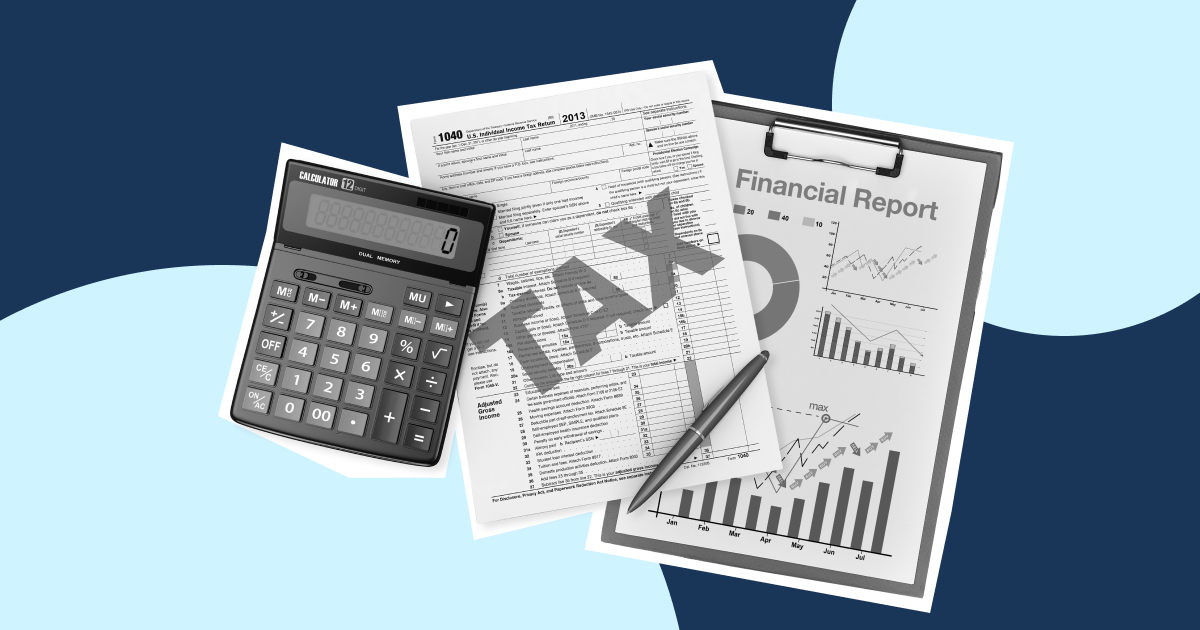Summary
If the pandemic taught us anything, it is that businesses must always maintain a healthy level of liquidity to be prepared for emergencies and unpredictable challenges. Liquidity in business and during financial emergency is measured in terms of assets, and liquid assets are essential for good financial health. Even if a company is raking in the millions and has many assets to its name, it will still struggle in the absence of liquidity.
What are liquid assets and liquid investments and why are they important for companies of all sizes? This article answers this basic but important question that is central to paying a sound foundation for your business.
What is liquidity?
To figure out the meaning of liquid assets, it is important to first understand liquidity. Liquidity is a company’s ability to convert its assets into cash without losing their value. The easier it is to convert an asset into cash, the more liquid it is, and vice-versa.
There are two types of liquidity – market liquidity and accounting liquidity. Market liquidity refers to the liquidity of a market, such as a stock market or real estate market. It measures the scope for assets to be bought and sold at stable and transparent prices in such a market. Accounting liquidity – which is the focus of this article – measures how quickly a company can pay off its short-term financial obligations using its liquid assets.
What are liquid assets?
A liquid asset means an asset that can be easily and quickly converted into cash on hand, without significantly losing market value. Cash, naturally, is the most liquid asset. A few other liquid asset examples include stocks, bonds, and money in a bank account.
For an asset to be considered liquid, it must fulfil certain conditions:
- There must be a large, established market for it with readily available buyers.
- Transfer of ownership must be easy, secure, and, most importantly, fast.
- Conversion to cash must be quick, though the time may vary from asset to asset.
A discussion of liquid asset meaning is incomplete without mentioning its role in financial reporting. Liquid assets are by rule recorded on a company’s balance sheets under the current assets account. In fact, the balance sheet lists assets in order of how liquid they are, starting with those with the highest liquidity (cash).
Why are liquid assets important for business?
Liquid assets have three main benefits for business:
- Owning liquid assets means a company can cover its daily and operational expenses with ease – from raw material costs and insurance premiums to utility bills and more. When a business needs cash on short notice, it turns to its liquid assets. Having ready cash to deal with short-term financial obligations is crucial to running a successful and profitable business.
- Liquid assets serve as protection in times of emergency. They are essential to tide over a drop in demand, a recession, or even an unprecedented crisis such as the Covid-19 pandemic. Financial experts advise keeping an emergency fund that would take care of at least six months worth of expenses.

- A healthy liquid assets portfolio is good for a company’s credit score. Banks and other financial institutions are not only more willing to lend to organisations with greater liquidity but also offer more favourable interest rates and loan terms. On the other hand, companies that are short on liquidity will find it difficult to get a loan on short notice or may be charged higher interest rates.
Liquid asset examples
Liquid assets take many forms. Here are some common liquid asset examples, in order of how liquid they are:
Cash
Includes physical money (local and foreign currency) as well as the savings account and/or current account balances.

Cash equivalents
Cash equivalents are investment securities with a maturity period not exceeding a year. Examples include treasury bills, treasury bonds, certificates of deposit, and money market funds. Cash equivalents are highly liquid and can be easily turned into cash. However, cash conversion might come at a price – for example, withdrawing a certificate of deposit before its term ends almost always attracts a penalty.
Marketable securities
Stocks, bonds, and exchange traded funds (ETFs) are examples of marketable securities with a high degree of liquidity. They can be sold easily and it usually takes just a few days to receive the cash from their sale. However, selling on short notice might mean selling them for less than what you bought them for – like selling stocks at a lower value when the market is down.
Accounts receivable
Money owed to a business by its customers for goods and services provided makes up accounts receivable. The liquidity of accounts receivable varies. For instance, some companies sell on credit and the sales proceeds are collected only after the credit term is over. What’s more, some accounts receivable might just go uncollected on account of the customer turning delinquent and refusing to pay.
Inventory
Inventory is typically excluded from the list of liquid assets, but it can be considered liquid assets if there is a large market and high demand for it. However, if inventory is made up of goods that have gone obsolete due to a sharp drop in demand or a market recession, then it cannot be called a liquid asset.
How is liquidity measured?
Companies can measure their ability to use liquid assets to cover short-term financial liabilities with the help of liquidity ratios. Here are four of the most used liquidity ratios:
Current ratio
The current ratio (current refers to a period of a year or less) measures liquidity by comparing current assets against current liabilities. A company’s current assets include its liquid assets while current liabilities are made up of accounts payable (money owed to suppliers and customers), short-term debt, accrued expenses (wages, taxes, rent, utilities, etc) and such. The current ratio formula is:
Current ratio = Current assets / Current liabilities
Business owners and investors use the current ratio to discern if a company can cover its short-term debt with its liquid assets and also to gain an accurate picture of its financial health. The current ratio is also called the working capital ratio.
For a deeper understanding of this liquidity ratio, its uses and limitations, read our article ‘What Is The Current Ratio And How Do You Calculate It?’.
Quick ratio
The quick ratio is a more condensed version of the current ratio as it takes only the most liquid ratios into consideration. Also called the acid test ratio, the quick ratio formula is:
Quick ratio = Current assets excluding inventory and prepaid expenses / Current liabilities
Cash ratio
The cash ratio takes an even narrower view of liquidity by measuring a company’s ability to pay its short-term liabilities using only its cash assets. Its formula is:
Cash ratio = Cash and cash equivalents / Current liabilities
Liquid assets to net worth ratio
Net worth equals total assets minus total liabilities. The liquid assets to net worth ratio measures the percentage of total assets that is in the form of cash or cash equivalents. It is used to gauge how much cash a company can come up with in a short period. A high liquid assets to net worth ratio counts as a healthy cash buffer for an emergency. However, if the ratio is too high, it could mean that the company is using its cash reserves unwisely and not investing enough. Having at least 15% of one’s total assets in cash and cash equivalents is considered desirable.
Key differences
Liquid assets vs illiquid assets
If there are liquid assets, then there are illiquid assets on the other end of the liquidity spectrum. An illiquid asset – also called non-liquid asset or fixed asset – is an asset that cannot be easily sold or converted into cash without losing its value. Illiquid assets aren’t easily sold due to low trading activity, a lack of interest, or the absence of a readily available market or investors. Some examples of illiquid assets:
- Real estate
- Works of art, antiques, jewellery, cars, and other such collectibles
- Over-the-counter (OTC) stocks and employee stock options offered by companies
- Private equity such as venture capital and funds of funds.
For small businesses and start-ups, building one’s liquidity takes priority over acquiring illiquid assets. Once the business is up and running and has a healthy cash fund to weather unexpected expenses and sudden crises, then it can start thinking beyond liquid assets.
Liquid assets vs current assets
The two terms are often used interchangeably, but there are slight differences. Current assets include all assets that can be used or exchanged for cash within a short period of time, usually a year. Examples of current assets include cash and cash equivalents, accounts receivable, marketable securities, inventory, and prepaid expenses. Liquid assets are also assets that can be quickly converted into cash, but without losing significant value in the process.
Current assets have their own section in the balance sheet and are the first account to be recorded in it. Liquid assets don’t have a separate section in the balance sheet and are listed under current assets. This means that all liquid assets are current assets.
Another difference is that inventory is usually excluded from liquid assets, especially if there is a situation where the goods in stock cannot be sold quickly and easily or have to be sold at a discount. Similarly, prepaid expenses and income tax receivables are categories of current assets but don’t qualify as liquid assets as they cannot be sold for cash.
FAQs
What is a liquid asset?
A liquid asset means any asset that is easy and quick to convert into cash without losing its market value.
What are some liquid asset examples?
Cash is the most liquid asset. Accounts receivable, or payments due from customers, are another liquid asset example.
Why do liquid assets matter?
A business needs cash in hand to pay its bills, wages, debt obligations and generally take care of operational costs. Liquid assets also act as emergency funds during difficult times. What’s more, the more liquid assets a company has, the more likely it is to get loans, that too at favourable rates.
What is the difference between liquid and non-liquid assets (illiquid assets)?
Unlike liquid assets that can be easily and quickly sold for cash, non-liquid assets or illiquid assets are more difficult to convert into cash. Take, for example, a building. The time it takes to find a broker, shortlist a buyer, negotiate the right price, draw up the documents, and sign the contract might go up to a few years. The current condition of the real estate market might also add to the difficulty of selling the asset.
Strengthen your finances with Aspire
Improve your company’s liquidity with our Corporate Cards, so you can cover all your bills and payments at any time. All your team members get a virtual card each. Plus, you get attractive FX rates and cashback.
Furthermore, our Accounts Receivable platform allows you to get paid faster, keep track of all your revenue streams on one easy-to-use dashboard, and make the most of accounting integrations for accurate bookkeeping.










%201.webp)


.webp)